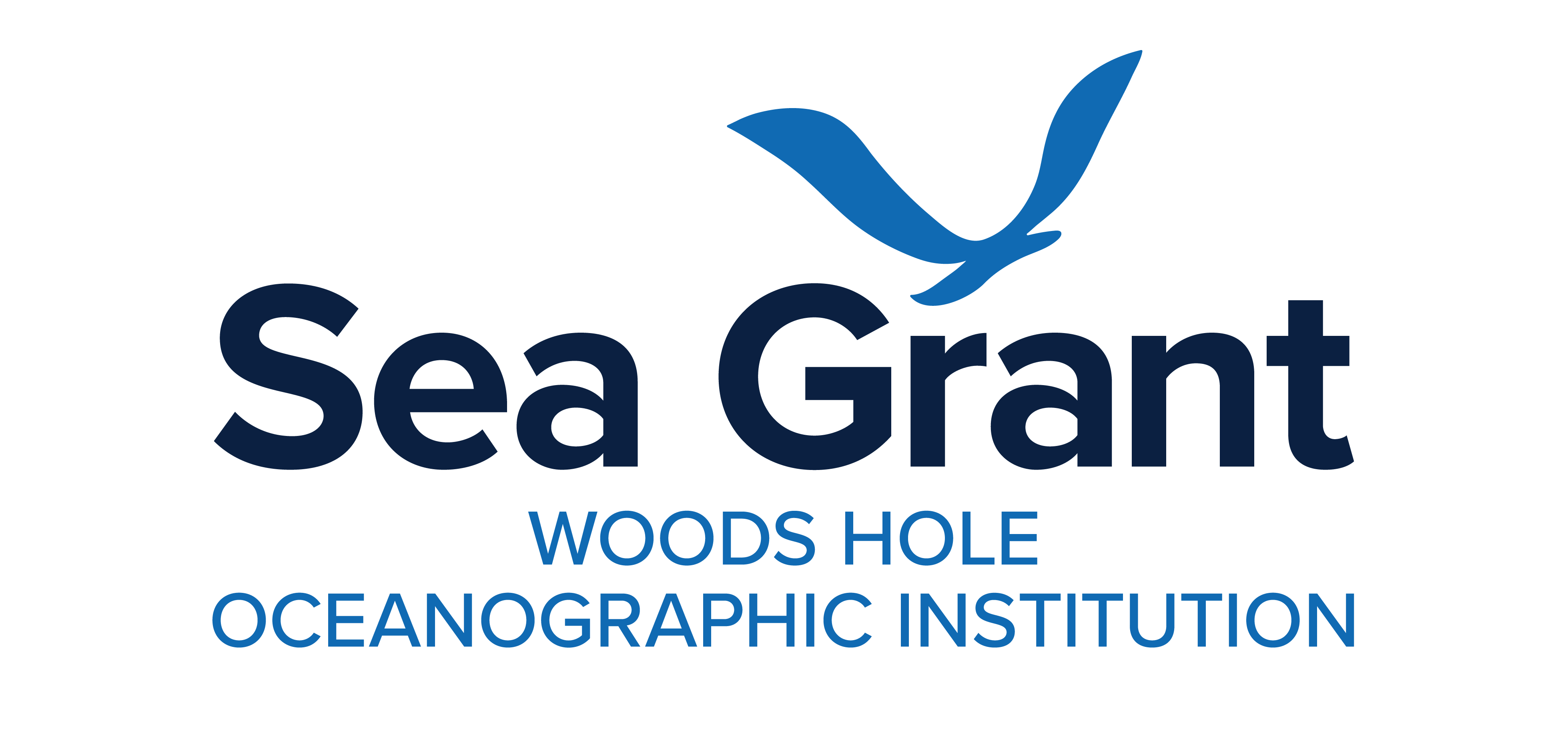Search results for: France%20Online%20Pharmacy%20%E2%AD%90%20www.HealthMeds.online%20%E2%AD%90%20Acheter%20Levitra%20France%20-%20Achat%20Levitra%20En%20France
Teacher Workshop November 2003
Teacher Workshop November 2003 “Right Whale Ecology at the Intersection of Science, Technology, and Conservation” Dr. Mark Baumgartner is an Assistant Scientist in the Biology department of Woods Hole Oceanographic Institution. He studies the foraging behavior and ecology of whales, and the formation and location of the patches of plankton that whales feed on. In this…
Read MoreAquaculture Curricula Resource Guide: A Resource Tool for the Aquaculture Educator
Aquaculture Curricula Resource Guide: A Resource Tool for the Aquaculture Educator Available on loan from the National Sea Grant Library or online: http://www.state.ma.us/dfa/aquaculture/education.htm (look for “Curricula Guide”) Soares, S.J., J.K. Buttner, and D.F. Leavitt NRAC Publication No. 01-001, 54 pp., 2001 WHOI-E-01-003
Read MoreFederal Crop Insurance for Massachusetts Quahog Farmers
Federal Crop Insurance for Massachusetts Quahog Farmers Helpful to educators and students Leavitt, D.F. Focal Points, 2 pp., 1999 WHOI-G-99-001 Also available online: click here
Read MoreClam Tents: A New Approach to Soft-Shell Clam Culture and Management
Clam Tents: A New Approach to Soft-Shell Clam Culture and Management Helpful to educators and students Leavitt, D.F. Marine Extension Bulletin, 4 pp., 1998 WHOI-G-98-006 Also available online: click here
Read MoreTheme Booklet: Environmental Technologies
Theme Booklet: Environmental Technologies WHOI Sea Grant 4 pp., 2000 WHOI-G-00-006 Also available online: click here Learn more of WHOI Sea Grant’s investment in environmental technologies which has resulted in the development of new tools for analyzing and interpreting the effects of toxic chemicals on the reproduction, development, and disease defenses in marine animals and…
Read MoreTeacher Workshop June 2010
Teacher Workshop June 2010 June 4, 2010 Teacher Workshop ** ANNOUNCEMENT: JUNE TEACHERS’ WORKSHOP ** at Woods Hole Oceanographic Institution Topics in Oceanography Professional Development Workshop Friday June 4, 2010; 9:30-2:30 Woods Hole Oceanographic Institution Working title: “Studying and Seeing Volcanic Processes in the Ocean” Presenter: Adam Soule, WHOI Geology and Geophysics Department – Hear…
Read MoreEducation
K-12 Education The goal of the Woods Hole Sea Grant Education Program is to increase ocean literacy – “an understanding of the ocean’s influence on you-and your influence on the ocean” so that all citizens young and old can make informed and sustainable decisions involving our coastal resources, communities, and economies. Workshops for Educators Lesson…
Read MoreTeacher Workshop: June 5, 2015
Fish ecology in the Atlantic, from the tropics to New England: How studying fish diets tells about their changing ecosystems What are the fish we eat eating? Date: June 2015 Presenter: Dr. Joel Llopiz, WHOI Biology Department Description: Professional Development workshop for Teachers Grade 6-12 Classroom activities Fish food webs…
Read MoreMarine Scientific Research: U.S. Perspective on Jurisdiction and International Cooperation
Marine Scientific Research: U.S. Perspective on Jurisdiction and International Cooperation Ross, D.A. and J. Fenwick In: New Developments in Marine Science and Technology: Economic, Legal and Political Aspects of Change, Proceedings of the 22nd Annual Law of the Sea Institute Conference of 1988, pp. 308-321, 1989 WHOI-R-88-023
Read MoreCarbon’s Journey and Our Warming Planet
Frank Niepold and Tom Di Liberto, NOAA’s Climate Program Office in Silver Spring, MD The carbon cycle is a process where carbon dioxide travels from the atmosphere into living organisms and the Earth, then back into the atmosphere. Learn how changes in carbon dioxide levels, such as burning fossil fuels (oil, gas, etc.), affect the…
Read More